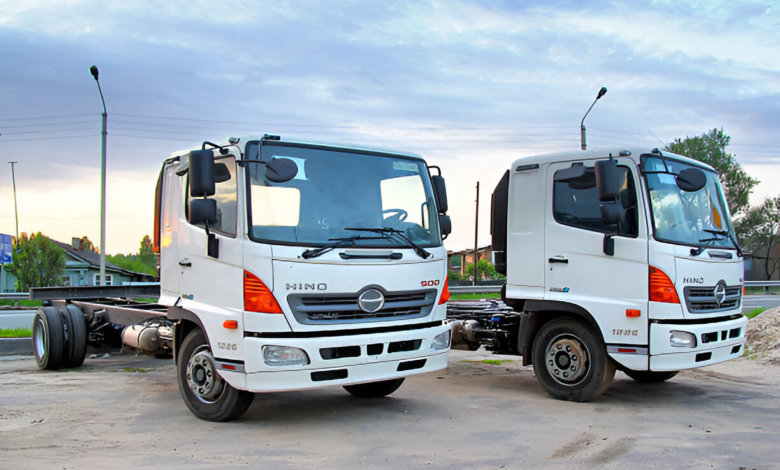Advanced Driver Assistance Systems on Japanese Truck Models
Advanced Driver Assistance Systems on Japanese Truck Models

Inventions and new features are quite common in the automotive industry. Most manufacturers try to introduce new features to make it easier to operate and safer for human occupants and cargo. There is also the possibility of higher profits.
Presently, many clients request trucks with driver assistance systems installed. Driver assistance systems are in such high demand that fleet managers, even of older models, are installing them at a hefty price. Although the costs of retrofitting driver assistance systems into vehicles are extremely high, people are quite happy to do it. This is because the benefits offset the cost of installation and general maintenance.
Common Features of Driver Assistance Systems
Some of the shared attributes between the Japanese truck driver assist systems are highlighted below. Lane-keeping assist: In case of drifting into the wrong lane, an audio warning is raised. In some models, this may include visual warnings and vibrating the steering wheels.
-
Adaptive cruise control: this allows you to set a preferred speed for your vehicle. Notably, it adapts to the situation. For example, it will slow down the vehicle if the traffic is slow, and vice versa.
-
Blindspot monitoring: this alerts the driver to switch lanes if an approaching vehicle is in his blind spot.
-
Rear cross-traffic monitoring: this alerts when the vehicle behind is too close when reversing.
-
Pedestrian detection: this notifies the driver when a person crosses in front of the car. It may engage the brakes, stopping the collision.
-
Accident avoidance: It works just like the pedestrian detection. The car slows down to avoid hitting the oncoming traffic.
Challenges of Integrating Driver Assistance Systems on Commercial Vehicles
There area few issues that hinder the integration of driver assistance systems. These include;
-
Cost: it’s quite costly to some businesses in adopting these systems. This mainly affects small and medium-sized companies.
-
Training: upon installation, you need to train drivers how to use the driver assistance systems. This is expensive and time-consuming.
-
Compatibility: most of the older cars are not compatible with driver assistance systems. This is makes the integration costly.
-
Regulatory Issues: there are numerous laws that are related to the installment of driver assistance systems, and compliance with all laws can be an uphill task for the customers.
Future of Driver Assistance Systems
Automotive industries used to take a lot of time to introduce new inventions. This is because there were few people with vehicles, making it expensive to roll out new features on a large scale. Now that more people have cars, innovations are faster.
Driver assistance systems have improved both the driving experience and road safety. Also, manufacturers are working on new features to reduce accidents further. It will not take long before self-driving cars become a common feature on major highways.
For now, you must employ a skilled driver. This ensures maximum safety for your fleet. It also means less money spent on repairs or compensating accident victims. As a result, your profits margin increase.
Advanced Driver Assistance Systems (ADAS) have greatly improved safety and efficiency in Japanese truck models. Despite challenges like cost and compatibility, the benefits—such as accident prevention and better driver awareness—make ADAS a valuable investment. As technology advances, these systems will continue to evolve, bringing even greater safety and efficiency to the trucking industry.


